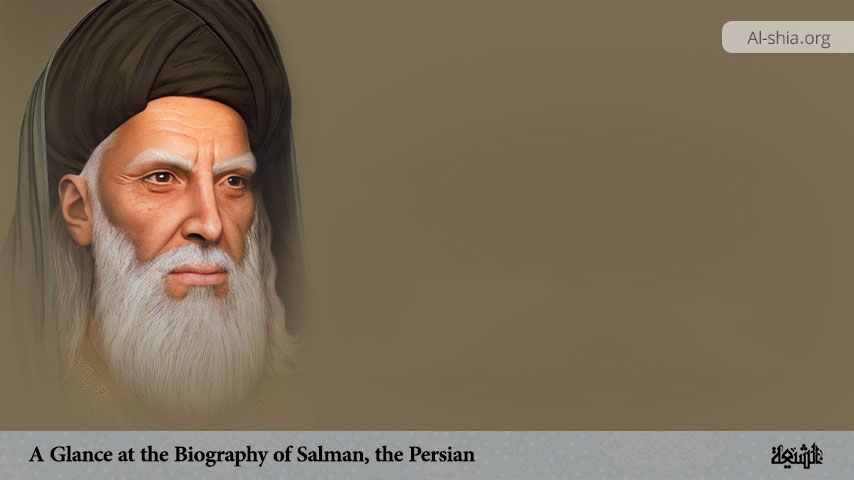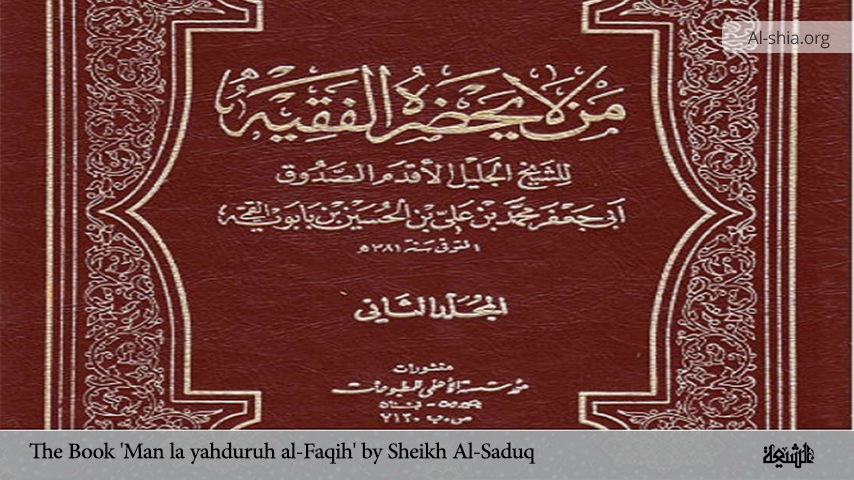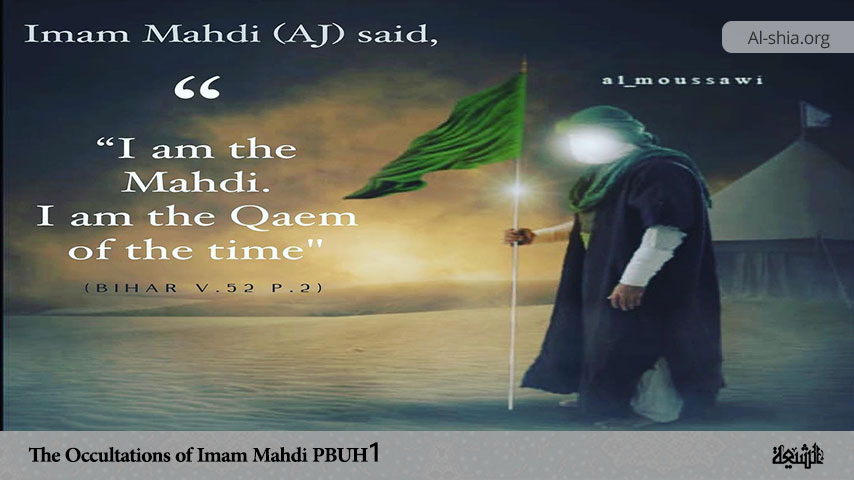Salman Farsi was a popular figure in the history of Islam and one of the loyal companions of the Prophet Muhammad (peace be upon him and his family) and Imam Ali (peace be upon him). Salman was among the companions who supported the successorship of Imam ‘Ali immediately after the demise of the Holy Prophet and opposed the incident of Saqifa.
Based on some reports, Salman was in childhood a Zoroastrian whose name was known to Ruzbih and his father’s name who was the head of the village was mentioned as Khushfudan or Budhakhshan. His teknonym was Abu ‘Abdullah. Salman was born either in the Jay district of Isfahan or, based on some reports, in Ramhurmuz.
According to reports, Salman at his youthful age became familiar with Christianity and converted. He thereafter moved to Syria to study under leading Christian scholars where he served in the churches. When he heard the Christians foretelling the emergence of a prophet in the land of Arabs, he set off toward Hijaz. He was enslaved in the middle of the way and sold to a man from Banu Qurayza in Medina. He entered Medina when the Messenger of God (peace be upon him and his family) had recently immigrated to the city.
Finally, Salman met the Prophet of Islam (peace be upon him and his family) and after confirming the signs of his prophethood, he went down on his knees in front of the Prophet and praised him, and then he converted to Islam. The Messenger of God (peace be upon him and his family) bought Salman (who was a slave) for planting three hundred date trees and six hundred silver coins, and then he freed him from slavery and named him “Salman”.
During the periods when the people of Medina were busy digging a trench to confront their enemy, the army of al-Ahzab, Salman al-Farsi played a prominent role in the fulfillment of the task, therefore, Migrants and Helpers each considered him a member of their respective group then the Prophet (PBUHH) said that Salman is one of us, the Ahl al-Bayt.
In Shiite sources, there are hadiths narrated from Imams (PBUH) praising Salman. In these hadiths, he is generally considered among the first Shiites who are steadfast in faith. Among these hadiths, there is a report in which Salman and some other companions such as Abu Dhar, Ammar, and Miqdad have been considered among the Partisans of Ali. Imam Ali (PBUH) has also considered Salman as having the knowledge of the first and the last.
According to reports, Salman married Buqayra from the tribe of Banu Kinda. Abd Allah and Muhammad were the names of their sons. The descendants of Salman were living in Rey for about five hundred years.
Salman took part in all Muslim battles: the Battle of Bani Quraydha, the Battle of Khaybar, the Conquest of Mecca, the Battle of Hunayn, and the Battle of Tabūk. Before the Battle of Khandaq, the Muslims heard about the polytheists’ intention to invade Medina. The Jews were always planning and urging the Quraysh and the Arab tribes to invade Medina and destroy Islam. The Jews spent a lot of money to call up ten thousand fighters. The new invasion was full of danger, for the Muslim troops were about 1,000 fighters, while the invaders were ten thousand fighters. Besides, they had different kinds of weapons.
Salman proposed the idea of digging a trench around the city of Medina which led to the victory of Muslims. The polytheists were unsuccessful in crossing the trench. The siege became long. Allah granted his Apostle and the believers a victory.
Salman was one of the first persons who paid homage to Allah’s Apostle [PBUH] under the tree. That homage was called al-Ridwān.
According to reports, Umar ibn al-Khattab assigned Salman and Hudhayfa as the commanders of the Muslim army in the Conquest of Iran. In the conquest of al-Madain, he was the negotiator of the Muslims with the commanders of the Iranian forces.
After the Conquest of al-Madain, the Muslims began looking for a suitable place to inhabit. Thus, Salman and Hudhayfa ibn al-Yamman went looking for a suitable land to match the Muslims’ customs. They chose the land of Kufa and said some prayers there. On that day, Kufa was founded. Then it became the capital of the Muslim government and a center for science and knowledge.
During the caliphate of Umar ibn al-Khattab, Salman al-Farsi became the governor of al-Madain. He had sought the consent of the Commander of the Faithful, Ali ibn Abi Talib (PBUH) and then he accepted it. He was the governor of al-Madain until he passed away. Salman dedicated the money he received as the governor to charity. He covered his expenses by knitting baskets. His clothing was simple. When the travellers and the strangers saw him, they regarded him as a poor man from al-Madain.
One day, while Salman was walking in the market, a traveller ordered him to carry his baggage. Salman carried the baggage and began walking after the man. In the street, the people were greeting Salman respectfully. The traveller wondered and asked the people around him: Who’s that poor man? They answered: He’s Salman al-Farsi, the companion of Allah’s Apostle, and the governor of al-Madain. The traveller was surprised. He apologized to Salman and asked him to put down the baggage. Salman refused that and said: Till I see you off. The traveller felt sorry and knew that Salman was Allah’s supporter.
Salman passed away in 36/656-7. In some sources, it is mentioned that he had a long life and even some have considered his lifespan 350 years. After Salman had passed away, Ali ibn Abi Talib (PBUH) travelled to al-Madain to perform a ritual bath [Ghusl] on his body and enshroud it, and then he performed a funeral prayer on his body, before burying him in a grave. Imam ‘Ali (PBUH) returned to Medina that night. The shrine of this great companion and the loyal son of Islam can be found in the area which tourists visit to see the ruins of al-Madain where Kossra Arch stands.

















